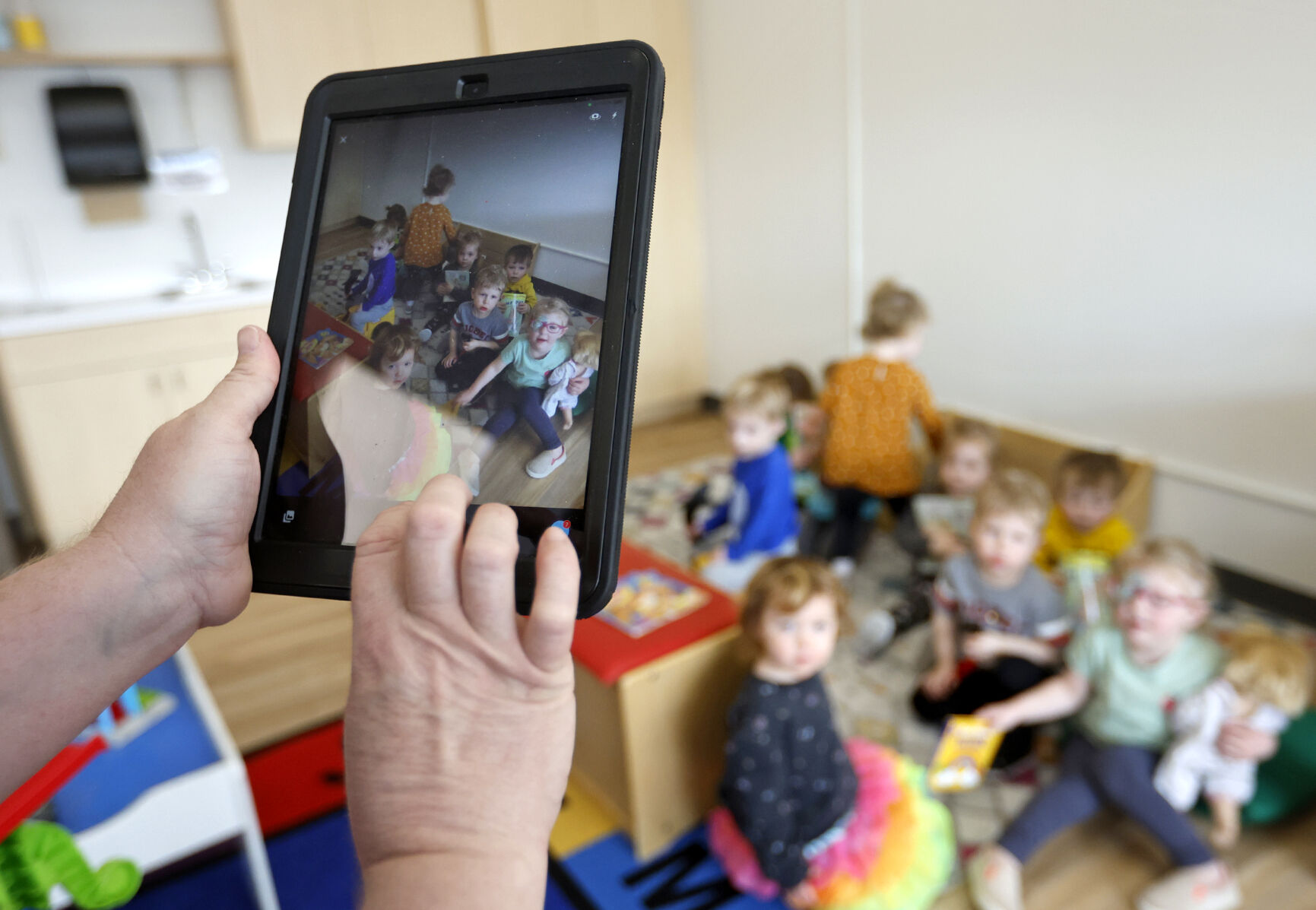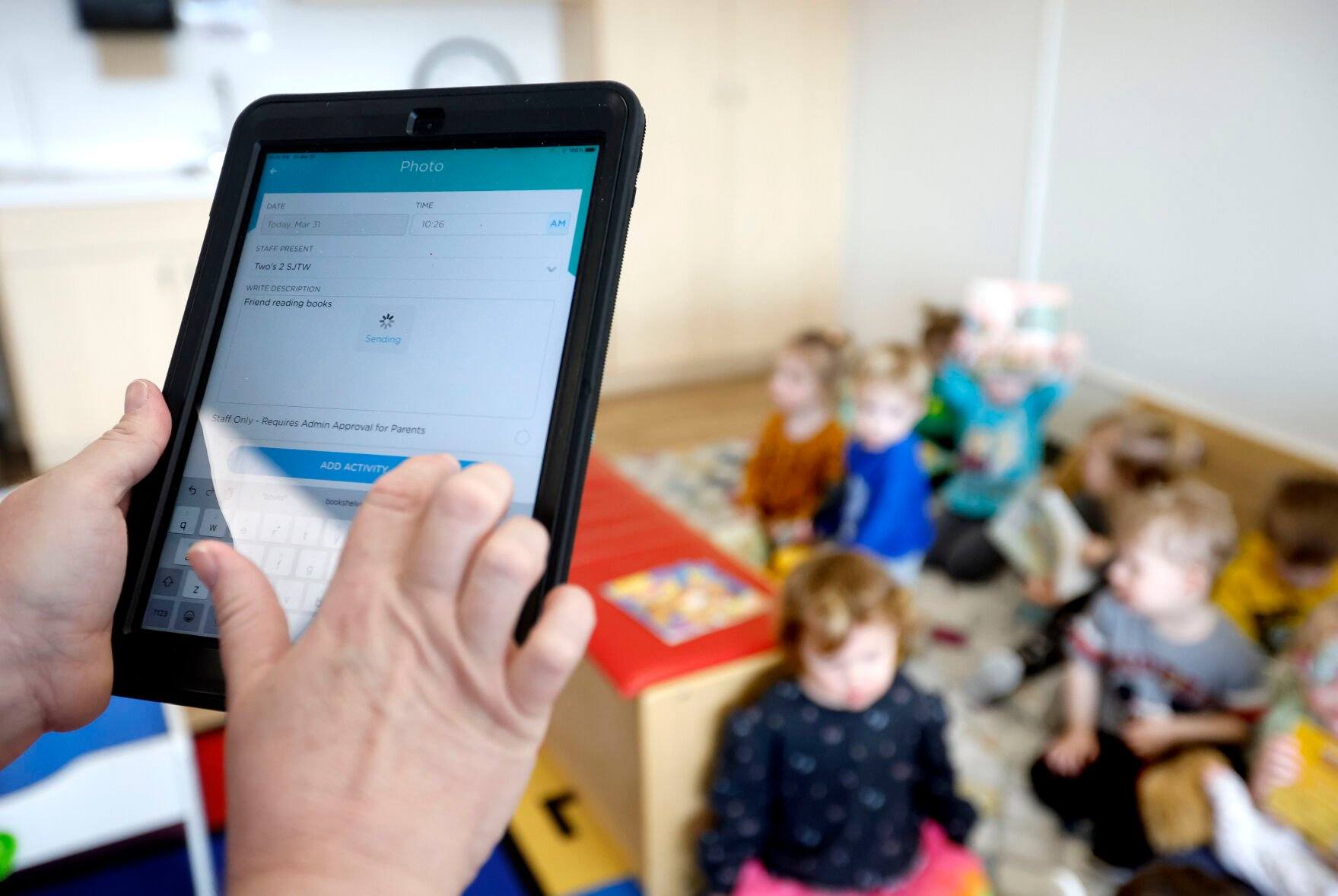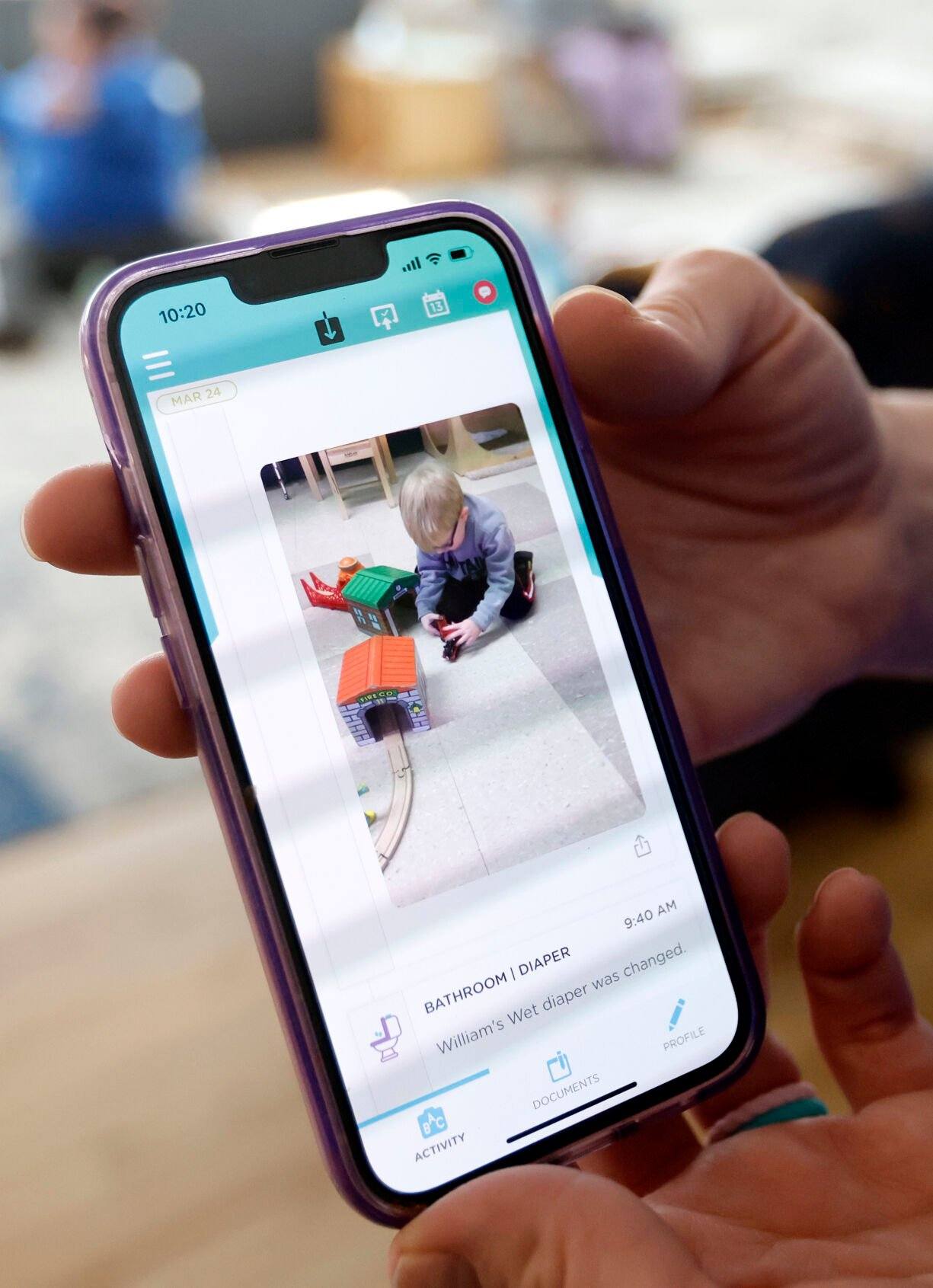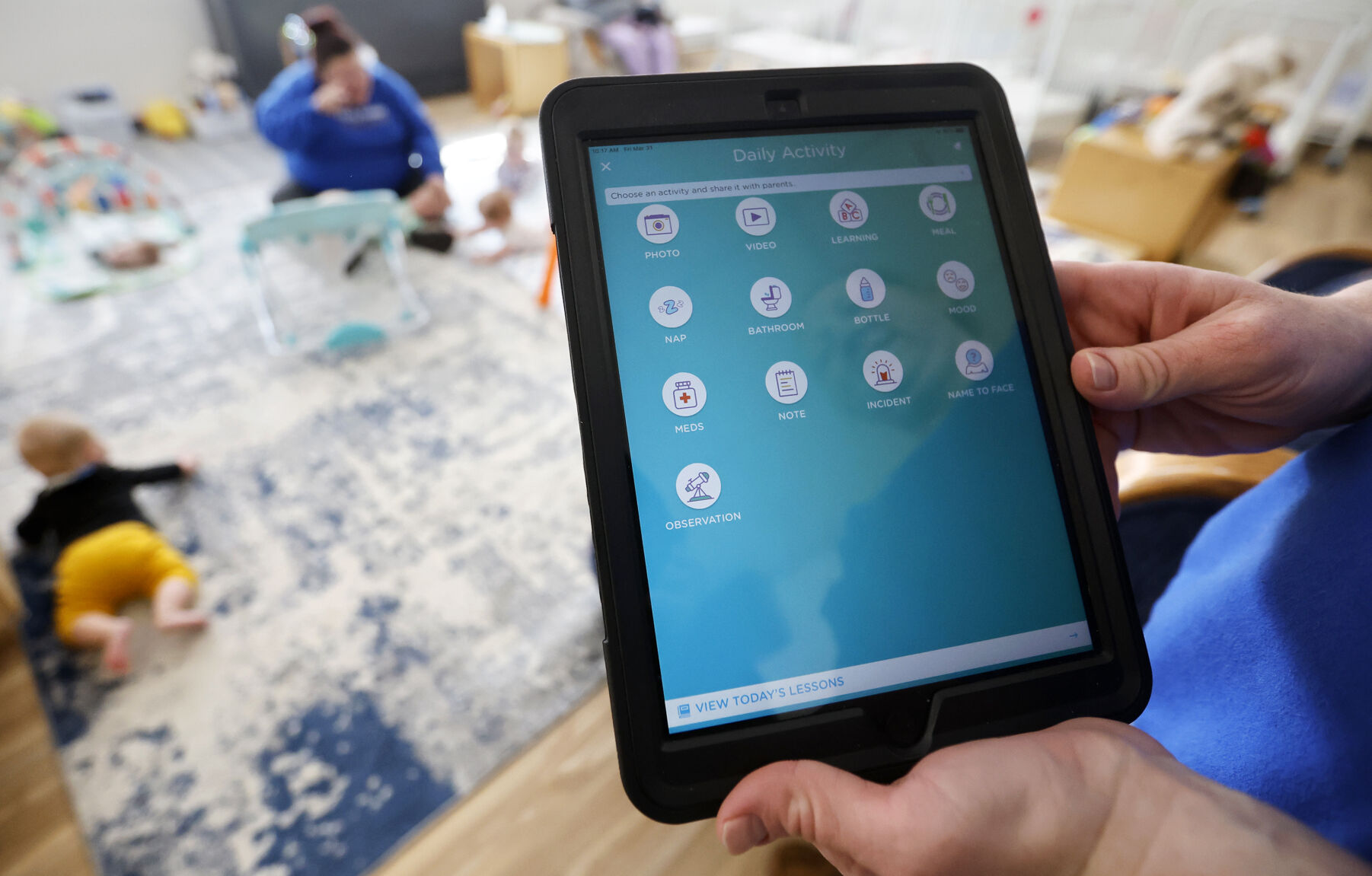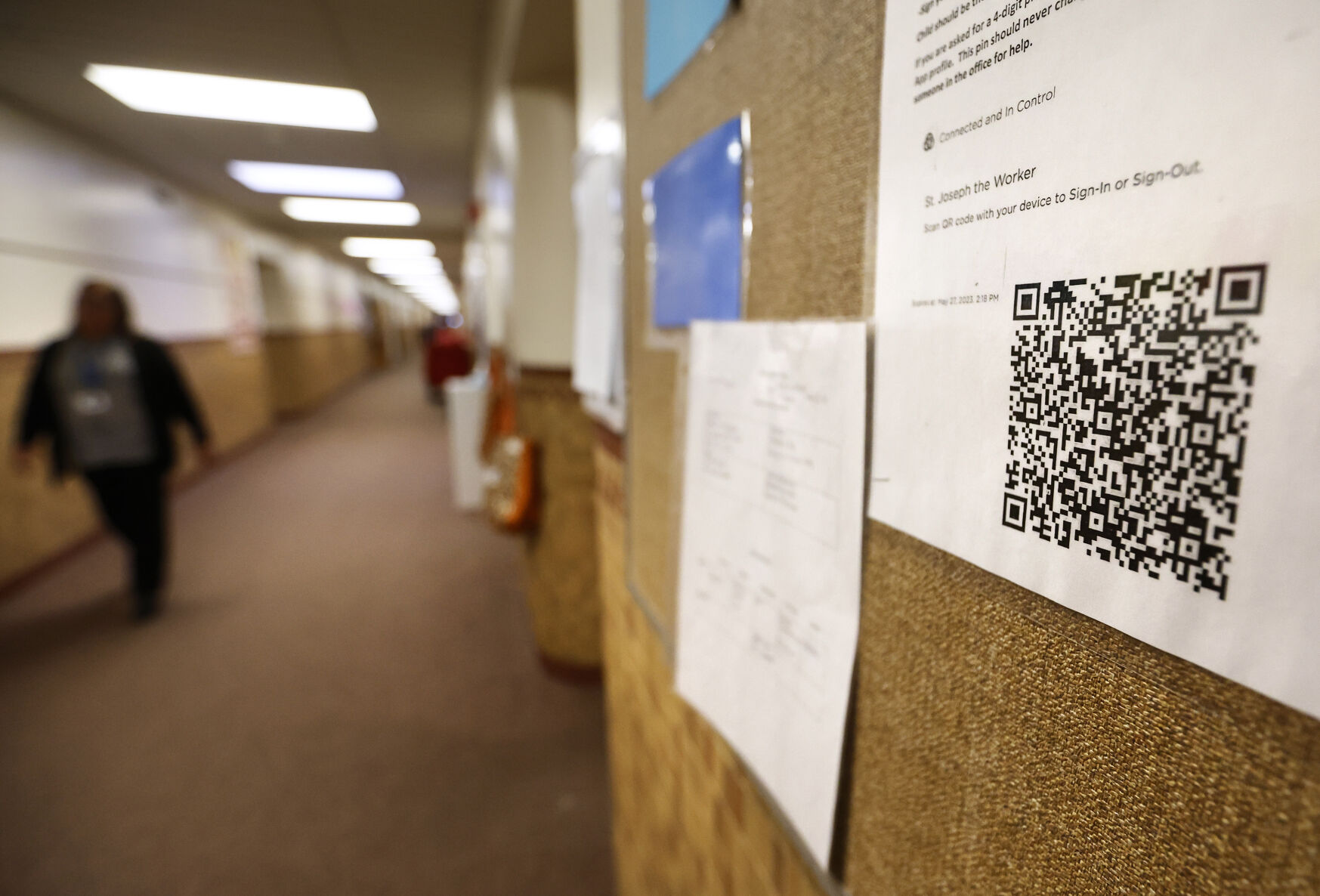When Backpocket Brewing in Dubuque first introduced its QR code menu around two years ago, General Manager AJ Battaglia said people were a bit skeptical.
Restaurants and bars were just starting to reopen from strict pandemic lockdowns, and customers weren’t quite used to all the changes left behind such as having to use their phones to look at menus or order food.
But with a little time and practice, people got used to scanning the digital codes to pull up the menu online, and now many people still opt to use the online menu to order rather than stopping by the bar.
“The younger crowd really likes it,” Battaglia said. “Some people, I don’t know if they don’t like the face-to-face contact, but we’ve had empty bars some days … and people will still order on their phone (instead of from a bartender).”
Backpocket Brewing is among area businesses that have diversified their use of mobile offerings in recent years. Using things such as apps and QR codes, businesses have found new ways to increase convenience or add custom features while also bolstering their ability to reach new customers.
Holy Family Catholic Schools has used the app Procare for about a year and a half now in its early childhood centers to communicate with parents throughout the day. The app is used to track day-to-day activities such as meals and diaper changes.
Early Childhood Program Director Lis Ernst said the app has made parents feel more connected to their kids’ care, and it also cuts down on the sheets and sheets of paper previously used to track the information.
“Every bottle was logged on paper. Every diaper change was logged on paper. It was pretty hefty manual labor for our workers, … and it was pretty much just basic information,” Ernst said. “Now what we can do is log all those important details (on the app), and we can add photos for parents.”
She said parents have said they particularly like the photo feature, which allows the day care centers to send pictures throughout the day of kids participating in various activities such as a science project or playing with toys.
“(Parents) get a picture of their child in the middle of the day smiling or laughing or doing something fun, and that makes them feel good,” Ernst said. “It provides the comfort you can’t always get as a working parent to see your child in the middle of the day.”
The child care centers also make use of QR codes. Employees can scan QR codes with their phones to find the link to trainings or online portals. There’s also a QR code parents can scan to take them to the check in/check out portal.
Hawkinson Aerial Photography owner Bridger Hawkinson said his company’s app similarly has added convenience for customers. Hawkinson launched his app earlier this year to allow retail customers to access photos from their phone, as well as to pay or place new orders.
He said the app makes it easy for real estate agents, for example, to access photos of for-sale properties that Hawkinson has taken if they are out and about with potential buyers or otherwise without access to a computer. He said he now is working to expand the app’s potential uses to more than just retail clients.
“It’s interesting to have clients come back to me and say, ‘Hey, I love the app,’” Hawkinson said. “It keeps me organized and in one place, and people can access it from anywhere in the world.”
The biggest downside to such mobile offerings is the possibility for glitches or technical errors. Even the best designed apps need updates from time to time to improve performance, and customers can react with frustration when an app isn’t working to the best of its ability.
Ernst said getting the app up and running in Holy Family’s child care centers was a bit of a process but that it was worth it in the long run. The most recent update to the app was in late March to update the application’s “how to” tutorial, as well as other minor fixes.
“Like any technology, it takes a minute to find the groove and work out the kinks, but in the end it helped with parents and just made it more convenient,” she said.
Battaglia added that sometimes the issue isn’t with the app or mobile feature, but with customers’ understanding of it. He said bartenders have previously shown some customers how to use QR codes, which require using a phone’s camera to scan a barcode to get the link to a website.
“I think it’s more convenient, but the older people aren’t always as technology friendly, so it’s mostly the younger crowd using it,” he said of the QR codes.
But once those kinks are worked out, apps and QR codes can help businesses increase their customer bases.
In addition to placing the QR codes on their own tables, Backpocket also can place them in Gary Dolphin’s Iron Bar, which is located in the same building but doesn’t offer food. That allows customers to drink at the Iron Bar while getting food from Backpocket.
Volv Fitness in Dubuque decided to launch its own app after the pandemic. General Manager Kim Burken said pandemic-era restrictions showed staff the importance of offering people opportunities for healthy living they could practice at their own home. The app is currently for members only to access online trainings or track workouts, but the goal is to soon make it available for anyone with a phone to be able to use. That means the app could be used by customers both in and outside the Dubuque area.
“Once we get that new feature up and running, we will be able to offer these virtual trainings nationwide at that point,” Burken said. “Someone anywhere in the country could purchase different training practices that are available on the app.”


